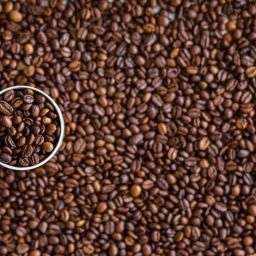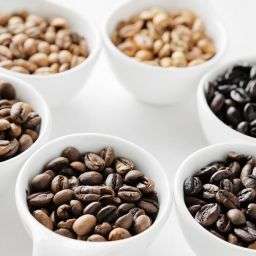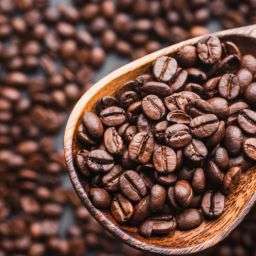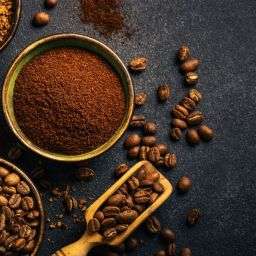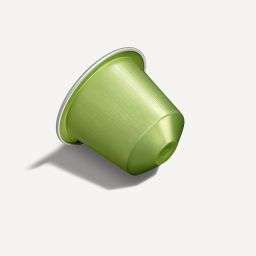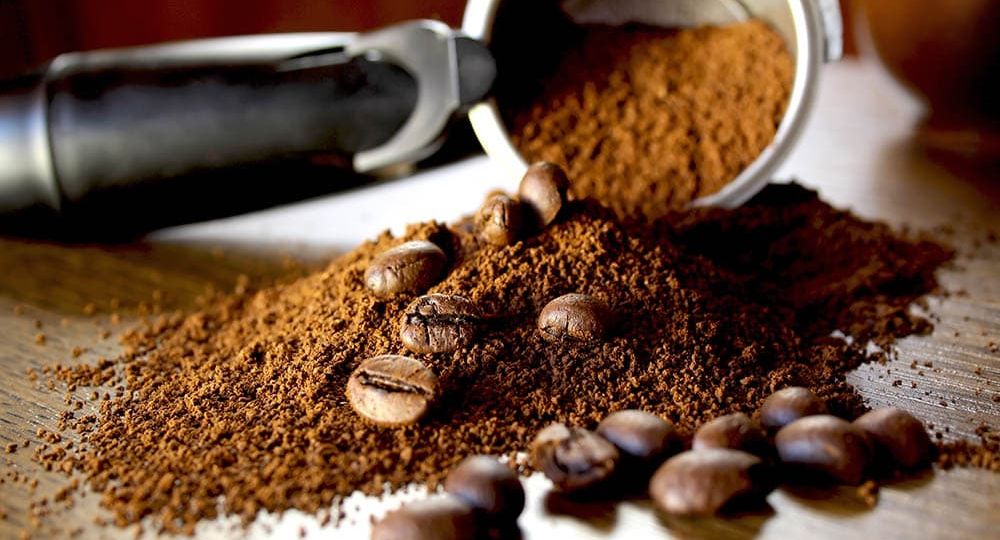
Wondering if your regular coffee can stand in for espresso in a pinch? Good news: it can. But before you go ahead and tamp down your usual grind into your espresso machine, there are a few things you should know. The journey from regular coffee to espresso isn’t just about swapping beans. It involves considering grind size, bean type, and how you brew it. The outcome might not exactly mirror the espresso made from beans roasted specifically for that purpose, but it can still be delicious in its own right.
Key Takeaways
- Bean There, Done That: While you can technically use any coffee for espresso, not all beans are created equal. Arabica beans are often preferred for their superior quality and flavor. However, if you’re after a caffeine kick or looking to save some coins, Robusta beans might just be your new best friend.
- Grind Matters: Achieving the perfect espresso shot is a bit like a science experiment. Start with a finer grind than you might use for other brewing methods; this increases the surface area for water to work its magic on, extracting more flavor.
- Fresh is Best: Just like the crispness of a fresh salad, the freshness of your coffee beans plays a massive role in the taste of your espresso. For the best flavor, grind your beans right before brewing. This way, you capture all the oils and aromas that make your espresso shot truly shine.
- Taste and Caffeine Content: Espresso and regular brewed coffee differ not just in strength but in taste and caffeine content. Knowing these differences can help set your expectations right and guide your coffee choices.
Arabica vs. Robusta: A Flavorful Duel
In the espresso universe, the battle between Arabica and Robusta beans is akin to an epic saga. Arabica beans are the darlings of the coffee world, celebrated for their smooth, sophisticated flavors and aromatic complexities. They’re the kind you savor, with notes that can range from sweet and fruity to floral and light. In contrast, Robusta beans pack a punch; they’re bolder, with a more robust and often bitter taste, which can be perfect for cutting through the milk in lattes and cappuccinos.
But it’s not just about taste. Robusta beans come with a higher caffeine content, making them a go-to for those in need of a serious wake-up call. They’re also more resistant to pests and diseases, which can make them a more economical choice for farmers. However, for the purest expression of espresso, Arabica beans usually take the lead, offering a more balanced and nuanced flavor profile that can make your espresso shot sing.
The Grind: Getting it Just Right
The grind is where espresso becomes more art than science. The goal? A fine grind that’s not too powdery to touch but enough to slow the water and extract the coffee’s full range of flavors. Think of it like sand on a beach – fine enough to stick to your feet but not so fine that it becomes dust in the wind.
Getting the grind right is crucial because it dictates the extraction process. Too coarse, and the water rushes through the grounds without picking up enough flavor, leading to a weak and underwhelming shot. Too fine, and the water struggles to pass through, resulting in over-extraction and a bitter, harsh taste.
The perfect grind size for espresso is somewhere in the middle – fine enough to create resistance and facilitate a slow, even extraction but not so fine as to clog up your espresso machine. This is where a good burr grinder becomes your best friend, allowing for precise adjustments until you find that sweet spot.
Adapting Your Technique for Regular Coffee in an Espresso Machine
Switching to regular coffee in your espresso machine isn’t just a simple swap. It’s about making small adjustments to suit the coffee’s grind size, tamping pressure, and extraction time. Here’s the lowdown:
- Grind Size: If you’re using regular coffee, aim for a finer grind than what you’d normally use for a drip or French press. The goal is to increase the surface area for water to interact with, which helps in extracting maximum flavor.
- Tamping Pressure: The art of tamping involves pressing down the coffee grounds to create an even, compact bed for the water to pass through. With regular coffee, you might need to experiment with slightly less pressure than usual. The idea is to avoid over-compacting the less dense regular grind, which could hinder water flow and result in under-extraction.
- Extraction Time: Play around with the extraction time. Since regular coffee grinds differently, the water might pass through it faster or slower than typical espresso grinds. Aim for a 25-30 second extraction time as your benchmark, but don’t be afraid to adjust based on taste.
Beyond the Espresso Machine: French Press and Moka Pot
Not everyone has an espresso machine at home, but that doesn’t mean you can’t enjoy a rich, concentrated coffee similar to espresso. The French press and Moka pot are excellent alternatives:
- French Press: Known for its rich and full-bodied brew, using a French press for espresso-like coffee involves a very fine grind and a shorter steep time. Aim for about 4 minutes and press down slowly.
- Moka Pot: The Moka pot, or stovetop espresso maker, is probably your closest bet to traditional espresso. Fill its basket with finely ground coffee (no need to tamp), and let the stovetop do the rest. The result? A robust, espresso-like coffee with a delightful crema on top.
Beans, Roast, and Brewing Impact on Taste
The type of beans you choose, their roast level, and how you brew them significantly affect the taste of your coffee. Arabica beans, with their wide range of flavors, from sweet and fruity to floral and light, are generally preferred for espresso. However, experimenting with Robusta can introduce a bolder, more intense flavor profile. The roast level adds another dimension: darker roasts yield a stronger, more bitter coffee, while lighter roasts tend to be milder and more acidic.
Espresso vs. Regular Coffee: A Taste Comparison
Espresso, with its concentrated flavor and creamy texture, offers a distinct taste experience compared to regular brewed coffee. The high pressure of an espresso machine extracts more flavors and oils, resulting in a rich, bold shot with a velvety crema. Regular coffee, brewed through methods like drip or French press, typically has a lighter body and a more nuanced flavor profile.
The intensity and aftertaste of espresso are more pronounced, making it the base for various coffee drinks like lattes and cappuccinos. Experimenting with different beans and brew methods can help you discover the perfect cup that matches your taste preferences.
FAQs
Can I use regular coffee in my espresso machine?
Yes, you can, but expect a few differences. The key to a close-to-espresso experience with regular coffee is adjusting the grind size, tamping pressure, and possibly the brewing time.
What’s the difference between an espresso machine and a regular coffee maker?
Espresso machines use high pressure to force hot water through finely ground coffee, producing a concentrated shot of coffee. Regular coffee makers typically drip hot water over coarser grounds, resulting in a lighter, more voluminous coffee.
Why is grind size important?
Grind size affects extraction – the process of pulling flavor from your coffee. A finer grind is crucial for espresso because it increases the surface area, allowing the high-pressure water to extract more flavor.
Does regular coffee taste different when made as espresso?
Yes. Regular coffee made in an espresso machine might not have the same intensity or richness as true espresso. The taste can vary significantly based on the coffee’s roast, grind size, and brewing technique.
Final Thoughts
Diving into the world of espresso with regular coffee opens up a realm of experimentation and discovery. While it’s true that you might not replicate the exact espresso experience without the specifically roasted beans, the journey there can be just as rewarding.
Adjusting grind sizes, experimenting with brewing times, and playing with tamping pressure are all part of the fun. Ultimately, it’s your taste and preference that define your perfect cup. Remember, great coffee is about exploration and enjoying the brew that best suits your palate.


